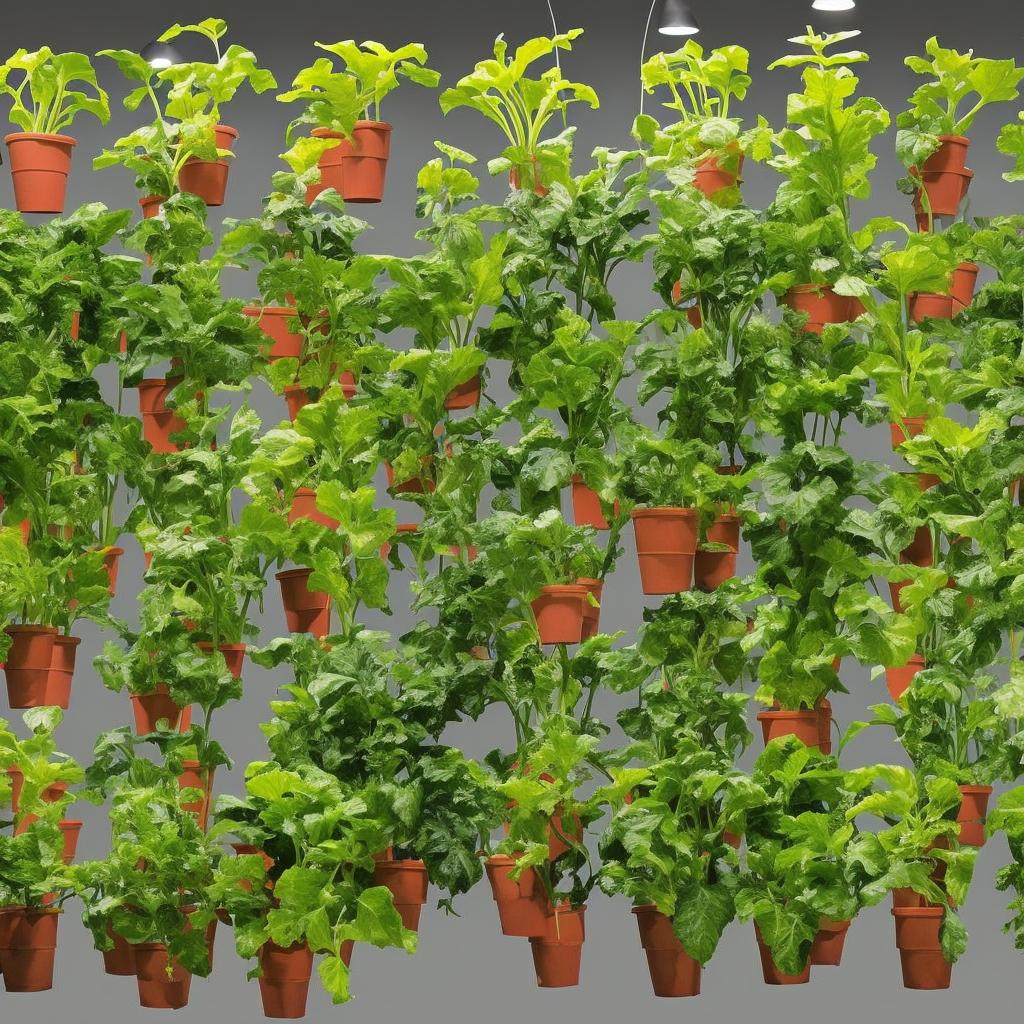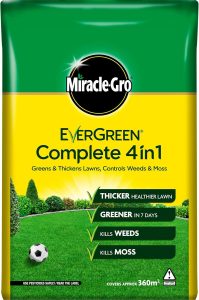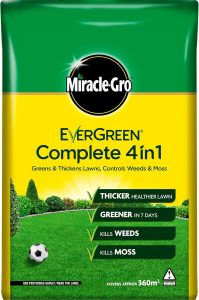Have you ever dreamed of having a lush herb garden, but lack the outdoor space or green thumb to bring it to life? Look no further than hydroponic systems – the innovative solution to growing herbs indoors with ease. In this beginner’s guide, we will explore the world of hydroponic gardening and provide all the tips and tricks you need to successfully grow a thriving herb garden right in the comfort of your own home. Whether you’re a seasoned gardener or a complete novice, get ready to embark on a journey of fresh flavors and aromatic scents that will elevate your culinary creations to new heights.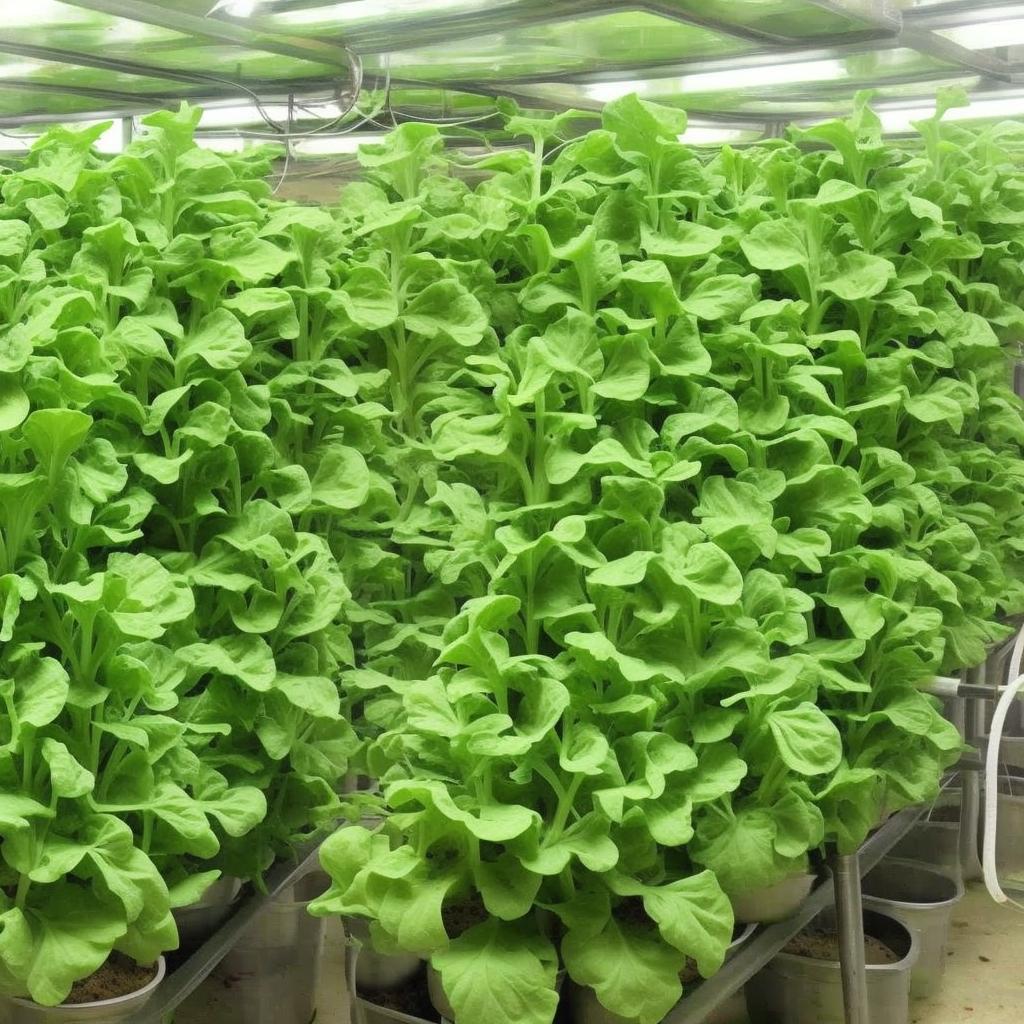
– Understanding the Basics of Hydroponic Herb Growing
Hydroponic herb growing is a method of cultivating herbs without soil, using nutrient-rich water instead. This innovative technique allows herbs to grow faster and healthier compared to traditional soil-based gardening. By understanding the basics of hydroponic herb growing, beginners can set up their own indoor herb garden and enjoy fresh herbs all year round.
One key aspect of hydroponic herb growing is providing the right balance of nutrients for the plants. Essential nutrients such as nitrogen, phosphorus, and potassium are dissolved in the water solution and directly absorbed by the herb roots. It is important to regularly monitor and maintain the nutrient levels in the water to ensure optimal growth. Additionally, using a grow light system can help herbs thrive in indoor environments by providing the necessary light spectrum for photosynthesis. With the right tools and knowledge, anyone can successfully grow herbs hydroponically and enjoy a bountiful harvest.
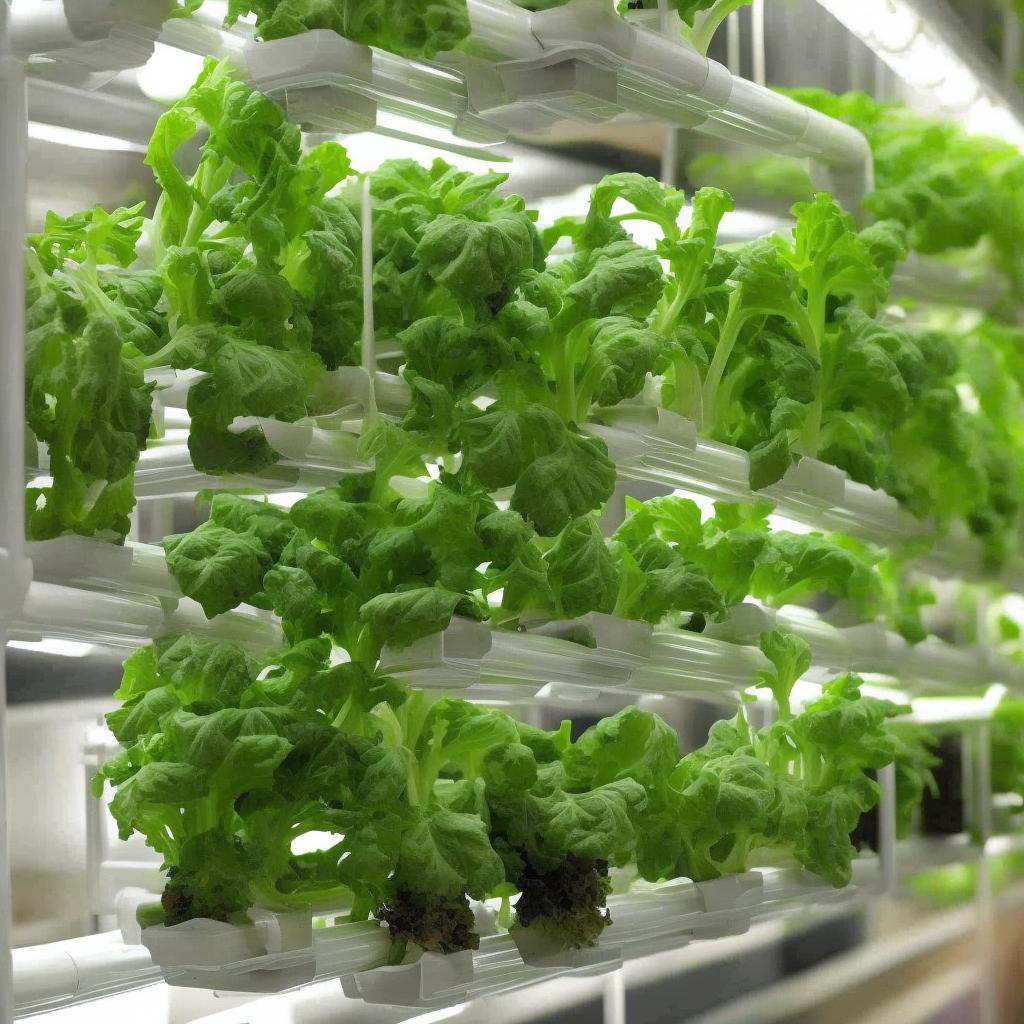
- Choosing the Right Hydroponic System for Your Herbs
When it comes to growing herbs in a hydroponic system, there are several factors to consider in order to choose the right system for your needs. One key factor is the size of the system, as this will determine how many herbs you can grow at once. If you are just starting out, a smaller system may be more manageable, while experienced growers may opt for a larger setup to accommodate a variety of herbs.
Another important consideration is the type of hydroponic system you choose. There are several options available, including deep water culture, nutrient film technique, and ebb and flow systems. Each system has its own pros and cons, so it’s important to research each type to determine which will work best for the herbs you want to grow. Additionally, consider factors such as maintenance requirements, space availability, and budget when selecting the right hydroponic system for your herb garden.
– Essential Tips for Maintaining Healthy Herb Growth
When it comes to growing herbs in hydroponic systems, there are several essential tips to keep in mind to ensure healthy herb growth. One important factor to consider is the pH level of the nutrient solution. Make sure to regularly test and adjust the pH to keep it within the optimal range for herb growth, which is typically between 5.5 and 6.5. This will help to ensure that your herbs are able to absorb the nutrients they need to thrive.
Another key tip for maintaining healthy herb growth in a hydroponic system is to provide adequate lighting. Herbs require plenty of light to photosynthesize and grow, so it is important to invest in high-quality grow lights and ensure that they are placed at the proper distance from your plants. LED grow lights are a popular choice for hydroponic herb gardens due to their energy efficiency and ability to provide the full spectrum of light that herbs need to thrive. Be sure to monitor the intensity and duration of light exposure to prevent burning or stressing your herbs.
– Maximizing Yields with Proper Nutrient Management
When it comes to growing herbs in hydroponic systems, proper nutrient management is key to maximizing yields. By supplying your plants with the right balance of essential nutrients, you can ensure they grow healthy and strong, producing bountiful harvests. One important factor to consider is the pH level of your nutrient solution. Herbs generally prefer a slightly acidic pH range of 5.5 to 6.5, so be sure to regularly monitor and adjust the pH of your hydroponic system.
Another crucial aspect of nutrient management for growing herbs in hydroponic systems is understanding the specific nutritional needs of different herbs. While most herbs require similar essential nutrients like nitrogen, phosphorus, and potassium, some may have unique requirements. Conduct research on the nutritional needs of the herbs you are growing and tailor your nutrient solution accordingly. Additionally, consider using supplements like calcium and magnesium to promote healthy plant growth and enhance flavor profiles. With proper nutrient management, you can set your hydroponic herb garden up for success and enjoy a plentiful harvest of fresh, flavorful herbs.
Insights and Conclusions
As you embark on your hydroponic herb-growing journey, remember that patience and attention to detail are key. With the right resources and knowledge, you can enjoy fresh, flavorful herbs year-round, right in the comfort of your own home. So, roll up your sleeves, get your hands dirty (figuratively speaking), and watch as your hydroponic herb garden flourishes before your eyes. Happy growing!

